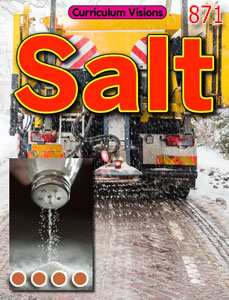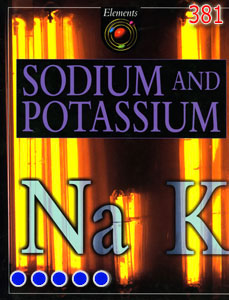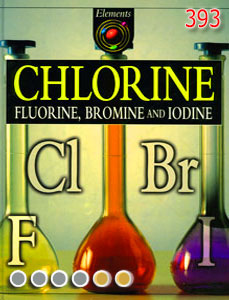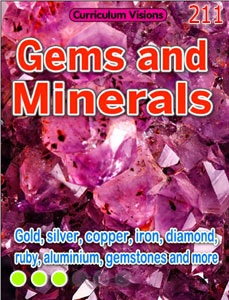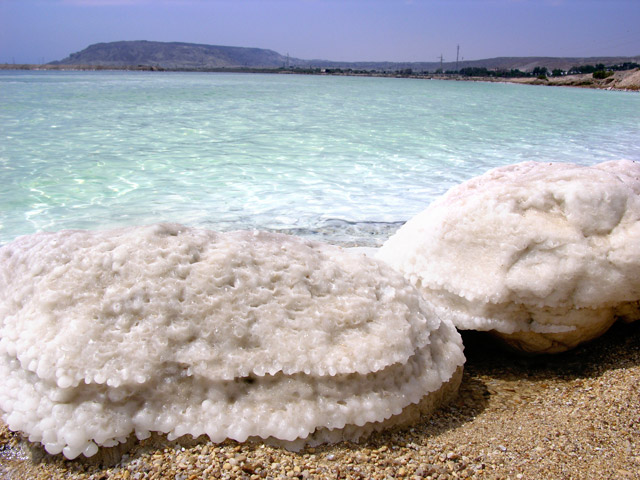Salt is a mineral made up of the elements sodium and chorine. It normally forms as crystals called rock salt. It is found in rock beds in places which were once ancient seas, and it is found along many coasts and in lakes. The example shown in the picture is from the Dead Sea (which is a lake) in the Middle East. The video shows you what a sample of this salt looks like to hold.
Salt is the main mineral in the world's oceans. Salt is present in vast quantities in the sea. There are about 35g of salt in each litre of water. The salt in the water makes the water more dense and this is what makes it easier to float in salt water than in fresh water.
Salt is vital to all animals and plants. Too much salt, however, will kill. Most plants die very quickly if salty water is used to water them in the soil. There is a lot of salt in some of the water supplies deep underground, and that is why these cannot be used to irrigate plants.
You will know salt as a seasoning in food. We have special taste buds on our tongues which recognise salt, and that it why we like salty food. By eating salt as a seasoning, we get the salt that our bodies need. But the salt buds on our tongues were designed to help us survive thousands of years ago, before we learned how to get salt from rocks and the sea and use it as a seasoning. So that makes us want salty things, and why we can now eat too much salt. That is very bad for our health. That is also why food nutrition labels tell you about the salt in each processed food you buy. It is suggested you eat no more than 5g of salt per day.
In the past people were paid in salt, and it was one of the most important items of trade. The famous Salt Road was a camel train route across the Sahara Desert of Africa.
Salt is not just used for adding to food. If you add salt to water, it lowers the freezing point of water. That is why it is put on roads - when salt is added, the roads ice over at a lower temperature.
Salt is also used to make many chemicals, including plastics and paper.
